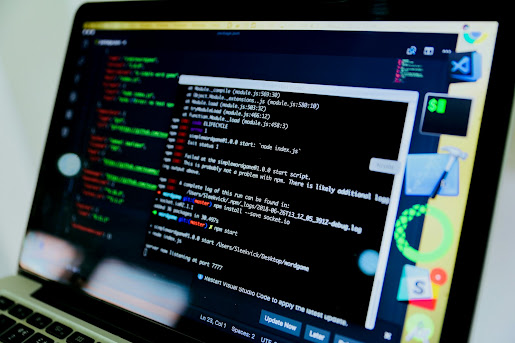Top Cyber Threats: How Ransomware, Phishing, and Malware Impact Security ll BUFFOON SACHIN
2)Phishing
Phishing involves sending fraudulent emails that appear to be from legitimate sources to trick users into revealing personal information, such as passwords or credit card details. The 2016 DNC email leak was initiated by a phishing attack that compromised several accounts. To combat phishing, organizations can employ email filters, educate users on recognizing phishing attempts, and enforce multi-factor authentication.
3)Malware
Malware refers to any malicious software designed to harm, exploit, or compromise devices and networks. The SolarWinds hack in 2020 showcased the potential damage of sophisticated malware, affecting thousands of organizations, including government entities. Regular software updates, using reputable antivirus programs, and training employees to recognize suspicious downloads are crucial prevention strategies.
4)Distributed Denial of Service (DDoS) Attacks
DDoS attacks aim to overwhelm a target with excessive traffic, rendering it unable to respond to legitimate requests. A significant incident occurred in 2016 when a DDoS attack on Dyn disrupted major websites like Twitter and Netflix, exposing vulnerabilities in internet infrastructure. Mitigation strategies include utilizing traffic analysis tools, load balancing, and rate limiting.
5)Social Engineering
Social engineering exploits human psychology to manipulate individuals into divulging confidential information. Techniques such as pretexting and baiting can be effective. The 2011 RSA breach, partly caused by social engineering, saw employees tricked into opening a malicious email attachment. Training employees to recognize these tactics and implementing strict verification processes can enhance security.
Real-World Examples of Cyber Threats
Target Data Breach (2013): Credentials stolen via phishing enabled hackers to access Target's network, compromising over 40 million credit card accounts.
Equifax Data Breach (2017): A failure to patch a known vulnerability led to one of the largest data breaches in history, impacting 147 million people.
Yahoo Data Breaches (2013-2014): Over 3 billion user accounts were compromised in a series of breaches, highlighting the critical need for robust security measures.
Colonial Pipeline Ransomware Attack (2021): This ransomware attack caused the temporary shutdown of a major fuel pipeline in the U.S., emphasizing vulnerabilities in critical infrastructure.
Marriott International Data Breach (2018): Hackers accessed personal information of up to 500 million guests by exploiting a vulnerability in the Starwood guest reservation database.
Facebook Data Breach (2019): Sensitive data of over 540 million users was exposed on unsecured servers, underscoring the necessity for proper data handling and security practices.

.jpg)


Comments
Post a Comment
Feel free to share your love or query